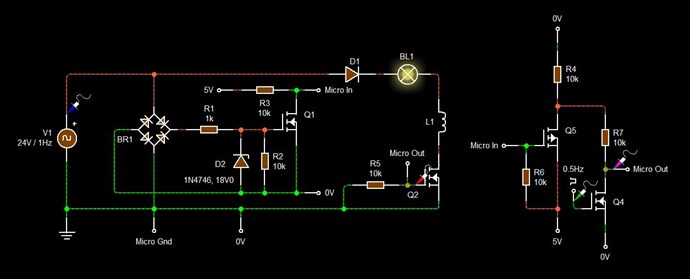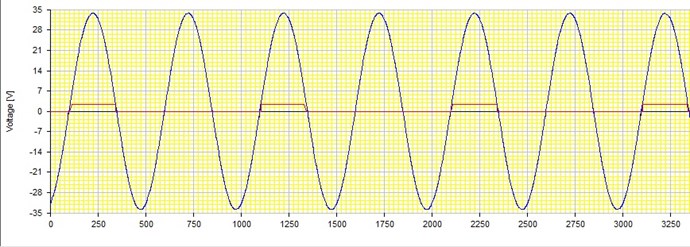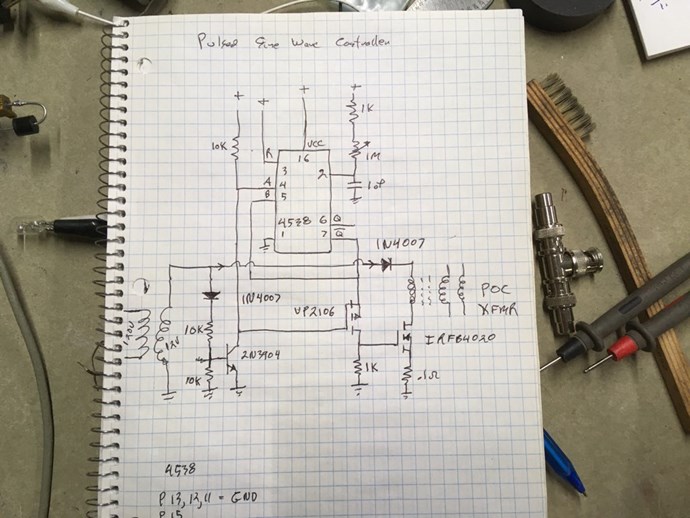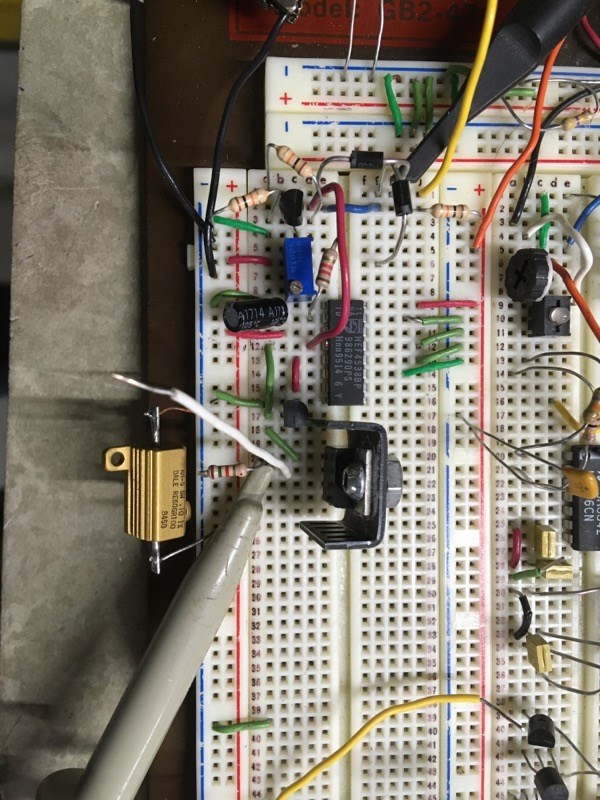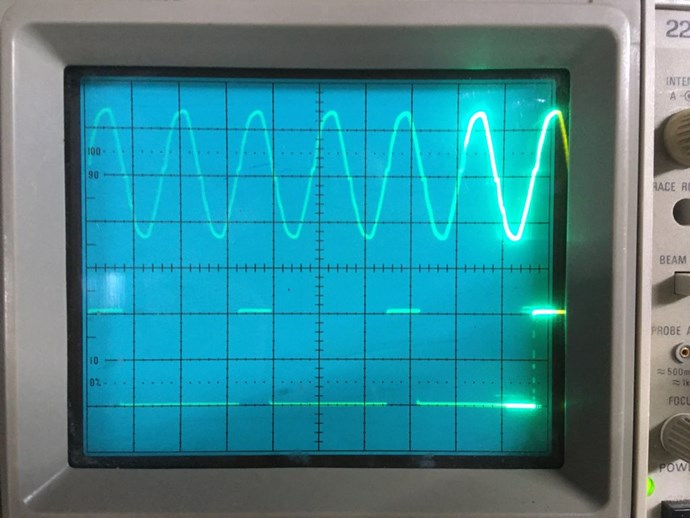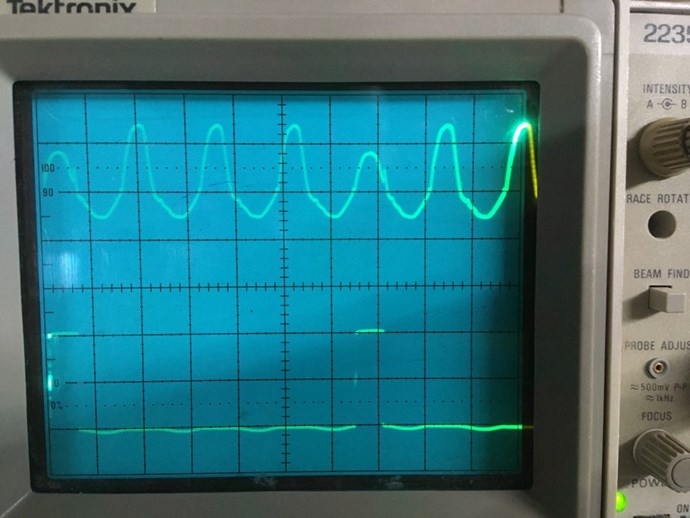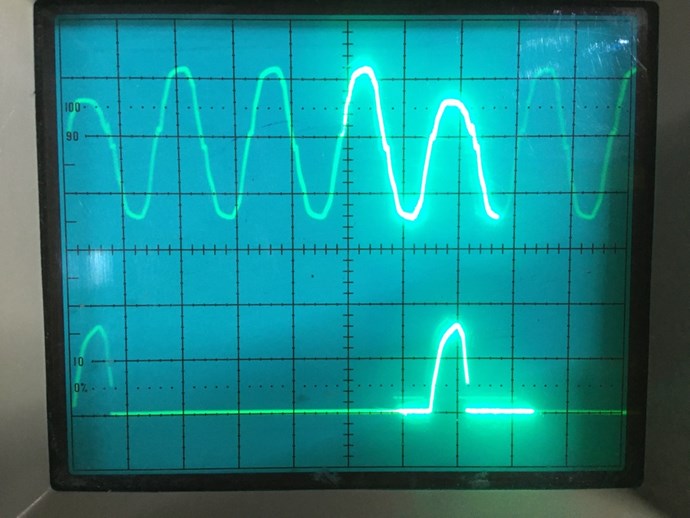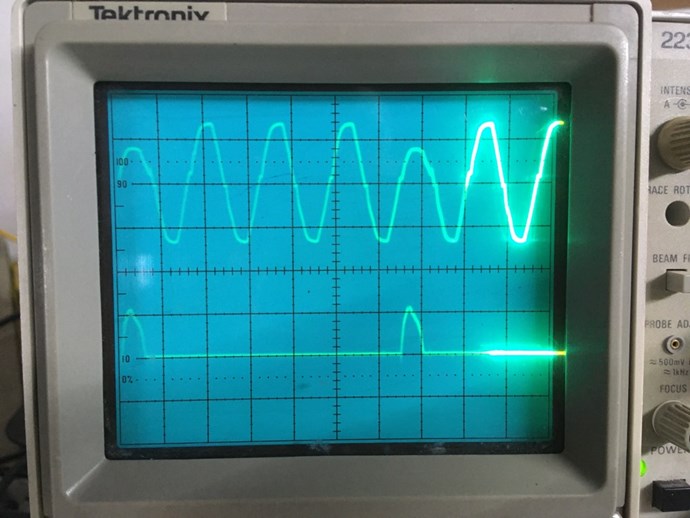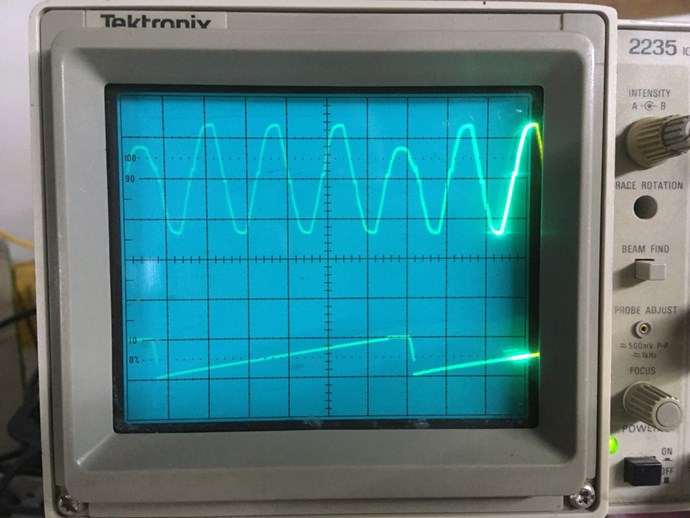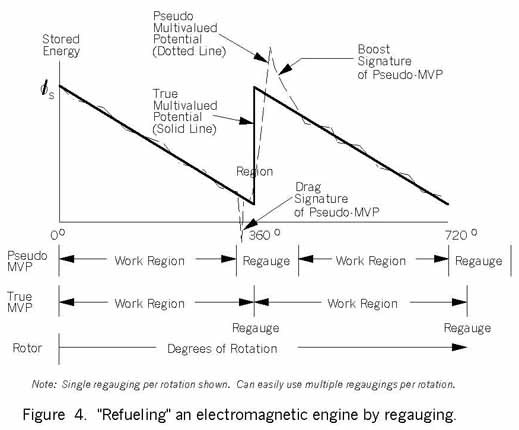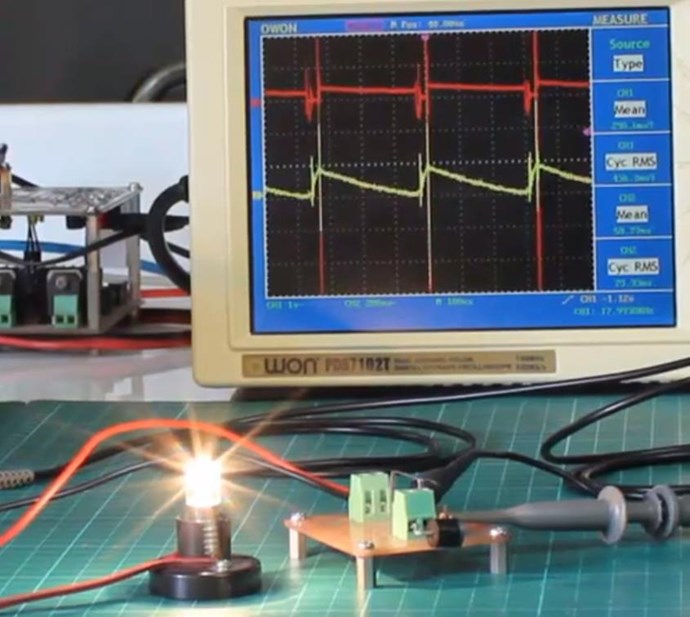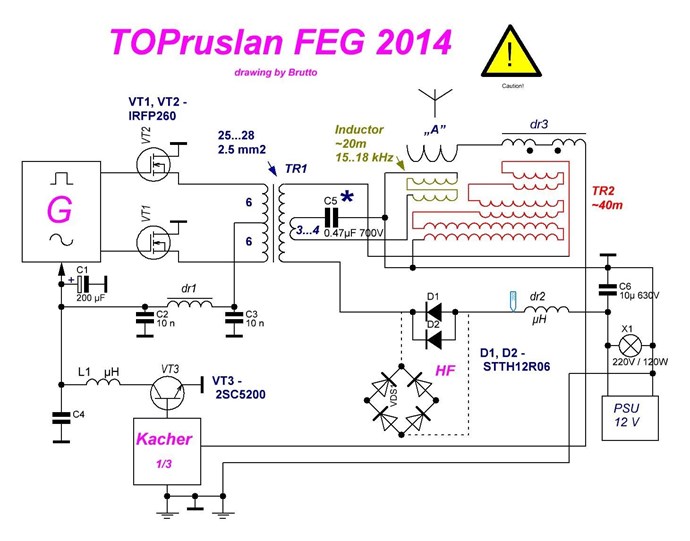My Friends,
The Input Coil on Free Energy Machines is a very critical Factor! One must think about the Actions and Reactions of this Input Coil with great Intent! A Short DC Pulse is sufficient in many situations, but can we do better, can we give better precision, better success, better control of this very important Excitation to your Partnered Output Coils?
Why?
In Faradays Law of Electromagnetic Induction, we have a Δt Variable, which is the Time Rate of Change, we also have a ΔB which is the Rate of Change of the Magnetic Field over this period of Time ( t ). The symbol Δ ( Delta ) typically means "Change". The Rate at which a Variable Changes.
Faradays Law of Electromagnetic Induction, in the Equation Form, is a Derivative. This means we need to observe the Rise over Run:
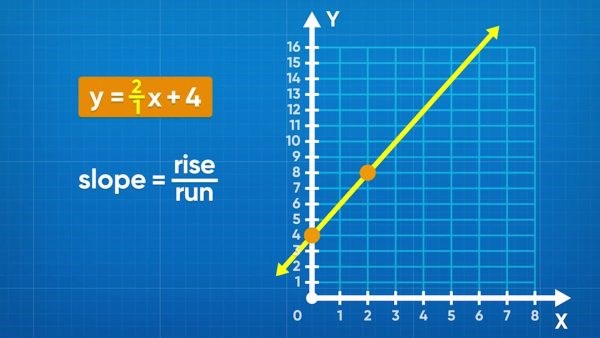
This means, the steeper the Slope we are dealing with, the faster the Magnetic Fields Change.
A DC Pulse applies a Voltage of X to the Input Coil, and the Coils Inductance allows a Current to Build exponentially:
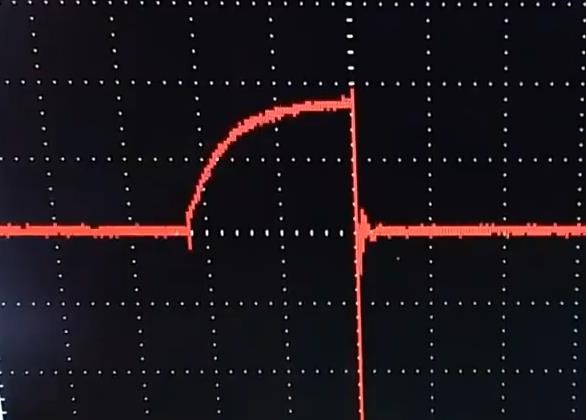
This, the above Scope Shot, is the Current ( I ) Changing in Time, so this is a ΔI / Δt, that you see, but we know that Current ( I ) is analogous to the Magnetic Field ( B ) so we can say this is the same as the Magnetic Field ( B ) Changing in Time ΔB / Δt. The X Axis ( Left to Right ) is Time and the Y Axis ( Vertical, up and down ) is Measured Potential.
As I have shown in my video:
This Change in Current ( I ) over Time, or the ΔI / Δt on your Input Coil "Generates" a Voltage ( V ) on your Output Coil!
So, in a DC Pulsed Circuit, on the Input, we are somewhat limited to the Input Coils Inductance, and the Voltage applied across the Input Coil at TOn of the Mosfet.
Can we do better than a DC Pulse?
Yes, but this is experimental at the moment.
We need to detect the Zero Crossing of any given Sine Wave that we wish to Input! The best Circuit I have found for this is this Circuit:
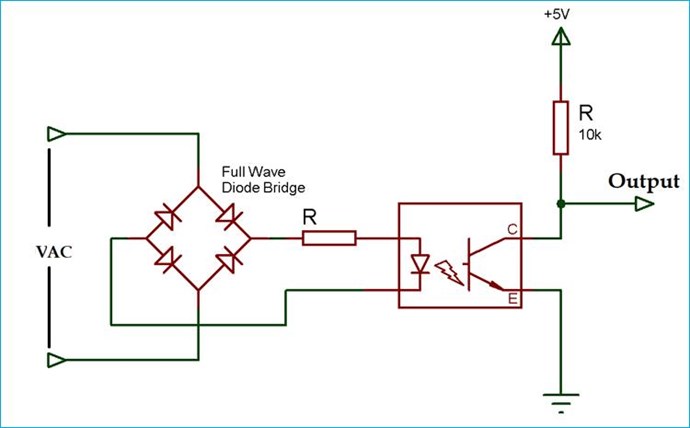
The Output will be the Wave in Red:
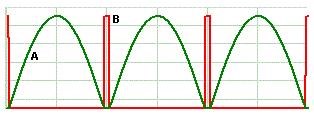
From here, you could use a Micro Controller to Count the Pulses, and trigger a Mosfet, Triac or whatever, every second pulse or whatever, for the duration of only one pulse, or something similar.
In many of My Videos you have seen me use an Audio Amp on the Input, sending a Sine Wave into the machine, well, this gives us a way to send a single shot, half AC Wave, to the Input Coil, and its adjustable in Frequency. So your Input Coil would see ( In Green ):
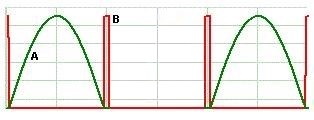
I think its important to remind everyone about Floyd Sweets first Successes, the initial, or first Space Quanta Modulator, used Diodes on the Input Stage:
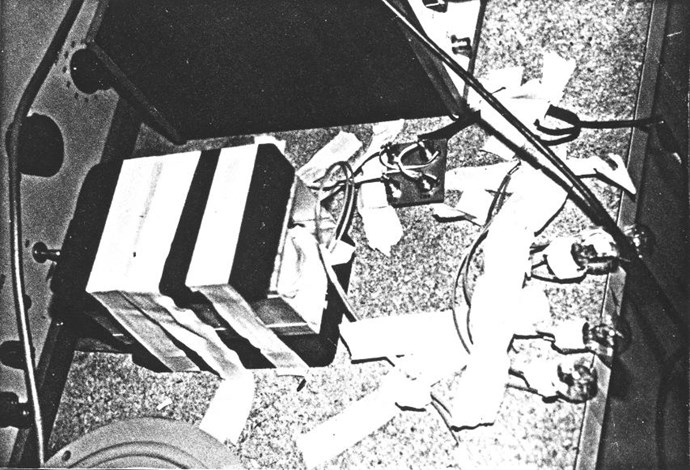
Ref: Floyd Sweet's VTA Generation One
Seen on the Square Board, wired into the Input, we see Stud Diode's in what appears to be a Bridge Rectifier.
Why is a Sinusoidal Waveform better?
If we apply a Sinusoidal Voltage waveform to an Inductor, we get a Sinusoidal Current waveform. The only problem is that we will have a Lag, sometimes a Lead in Phase angles of the Voltage and Current waveforms, in most situations.
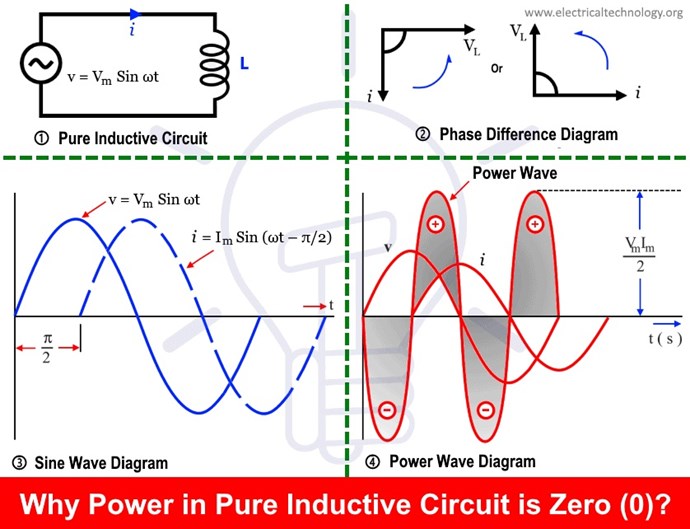
A Sinusoidal Current waveform, means we have a steady, even Change in Magnetic Field, which importantly is easily Controllable! By adjusting the Frequency of the Sinusoidal Voltage Applied Across the Input Coil, we therefore Control the Frequency of the Current Through the Coil, and in turn Controlls the Rate of Change of the Magnetic Field that the Partnered Output Coils are exposed to, instead of having a static, un-changing, Frequency in the DC Pulsed Coils.
Of course, the Control we speak of is only down in the Audio Ranges, but its an area we really are better off working in! Ideally 50 or 60Hz would be perfect! That is the optimum goal as Floyd Sweet said:
The concept has merit but if pursued further R & D should be in the 60 Hz power frequency area.
Of course, we all should know by now, after years of posting and support, filled in my pages, Output Voltage:
Knowing that your Input Coil Does Not Generate your Output Voltage!
Your Partnered Output Coils "Generate" each others Voltage! This must be done using Faradays Law and the Variables:
- ΔB
- Δt
For those that do not know, or need a revision of Faradays Law:
E.M.FVolts = -N ΔΘB / Δt
Note: ΔΘB or Delta Phi B is just the Change of Flux of the Magnetic Field. Phi ( Θ ) is Flux, in the case Magnetic Flux. E.M.F is Measured in Units of Volts!
Don't over Complicate this, its very Simple, one needs to Load every Coil, this only works when we have Loaded Coils, as Current must Flow! Each and every Coil, when Loaded, must have a Current Flowing according to the Voltage that is "Generated", Ohms Law: I = V / R.
So if we use a Half Sinusoidal Wave, we can Control our Input and Control the Rate at which our Partnered Output Coils "Generate" their own Voltage, but only within the Ranges that your equipment can handle. At this point, your Output Current is virtually unlimited, it is the Result of the Potential ( Voltage ) and the Magnetic Fields you use ( Bucking ) to Pump Current!
Best Wishes,
Chris






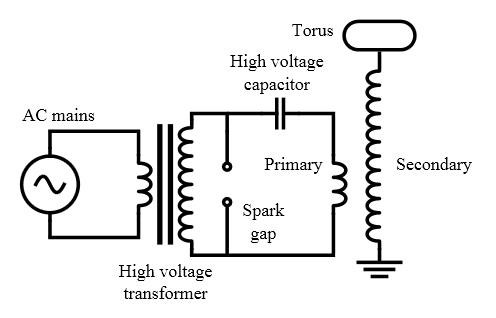



.jpg?width=690&upscale=false)
